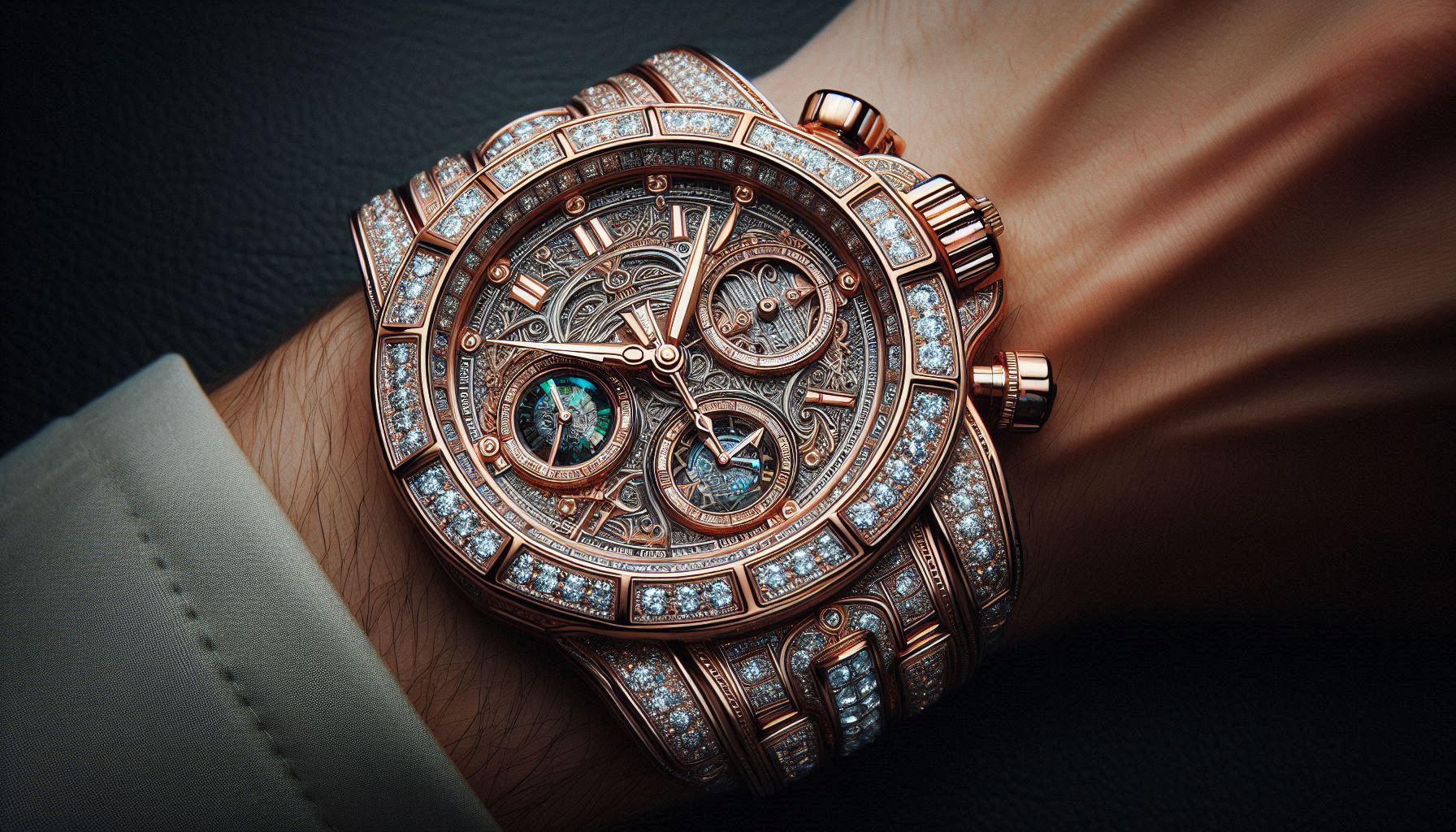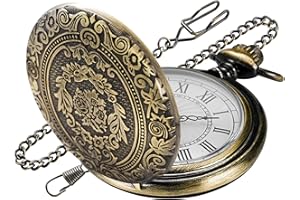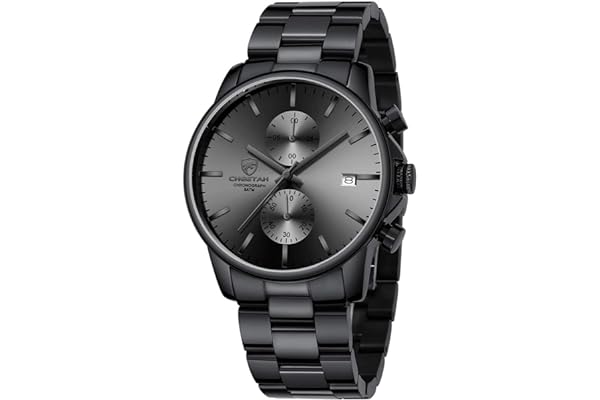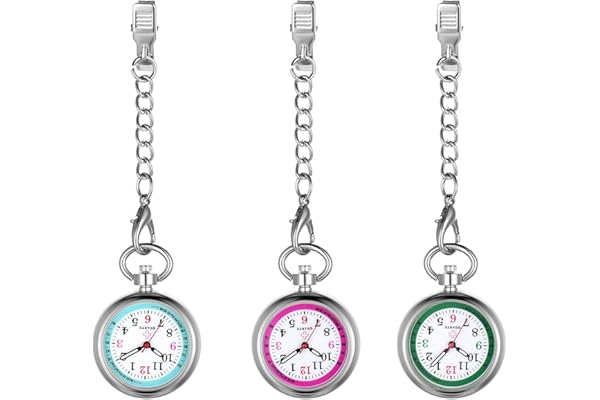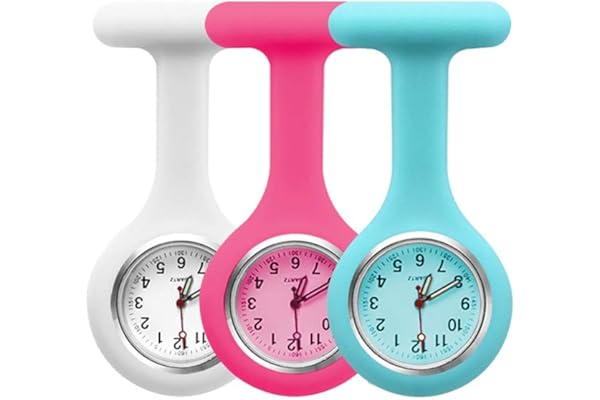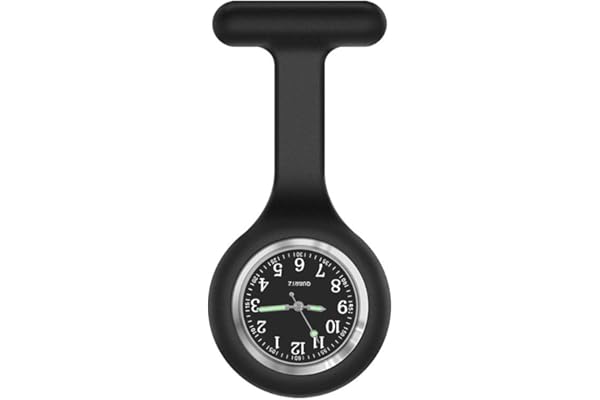How to Distinguish an Original Watch from a Counterfeit?
Contents
Understanding the Importance of Authenticity
The allure of luxury watches is undeniable. They symbolize not only status and prestige but also a rich history of craftsmanship and innovation. However, with their high value comes the risk of counterfeits. The counterfeit watch market has grown exponentially, fueled by a combination of demand for high-end timepieces and advancements in manufacturing technologies that make it easier to replicate designs. For a potential buyer or collector, understanding the importance of authenticity is crucial not only to ensure the value of their investment but also to appreciate the craftsmanship that goes into creating a genuine timepiece.
Authenticity in watches is about more than just monetary value; it is about honoring the heritage and engineering that define a brand. Each luxury watch brand carries its unique history and technical prowess, often reflected in the intricate details and functionalities of their timepieces. These watches are a result of years of innovation, patents, and meticulous attention to detail, elements that are usually absent in counterfeit versions. By purchasing an authentic watch, you are investing in a piece of horological history that carries the brand’s legacy.
Moreover, owning an authentic watch provides peace of mind. A counterfeit watch, regardless of how closely it mimics the original, lacks the reliability and durability of an authentic piece. Authentic watches undergo rigorous quality checks and are crafted from high-grade materials, ensuring their longevity. In contrast, counterfeit watches often fail to meet these standards, resulting in a product that may not function properly or last as long. Understanding authenticity helps in making an informed purchasing decision, safeguarding against the disappointment and financial loss associated with counterfeits.
Spotting the Telltale Signs of Counterfeits
Spotting a counterfeit watch involves a keen eye for detail and a bit of research. One of the first things to examine is the watch’s weight. Authentic luxury watches are typically heavier due to the high-quality materials used in their construction. Counterfeits often use cheaper materials that result in a lighter watch. Additionally, the finishing on an authentic watch is usually impeccable, with no rough edges or imperfections. Counterfeit watches often have uneven finishes, rough edges, or misaligned components.
Another telltale sign is the movement of the watch. Luxury watches are renowned for their precision movements, which are usually smooth and silent. Counterfeit watches often have quartz movements that produce a noticeable ticking sound, unlike the seamless sweep of a mechanical movement found in genuine watches. Additionally, examine the watch’s logo and engravings. Authentic watches have precise, clear, and sharp engravings, whereas counterfeits may have blurred or inconsistent markings.
The dial and hands of the watch can also reveal its authenticity. Luxury watches have meticulously designed dials with perfect alignment and consistent color. The hands should move smoothly without any jerky motion. Any misalignment or unevenness in the dial or hands can indicate a counterfeit. Furthermore, examine the date window and magnification. Many luxury watches have a cyclops lens over the date, which should magnify the date clearly. In counterfeits, the magnification may be inadequate or absent altogether.
Verifying the Serial Numbers and Documentation
One of the most reliable methods to verify a watch’s authenticity is by checking its serial numbers and accompanying documentation. Authentic watches come with a unique serial number engraved on the case, usually in a discreet location. This number can often be verified with the manufacturer or an authorized dealer. Counterfeit watches may have fake or missing serial numbers, or the engraving may appear sloppy and inconsistent.
Documentation that comes with the watch is equally important. Authentic watches are sold with an array of papers, including a certificate of authenticity, warranty cards, and instruction manuals. These documents should have consistent branding, correct spellings, and high-quality printing. Counterfeit watches often come with poorly printed documents or may lack them altogether. If the seller cannot provide the original documentation, it is a red flag.
Additionally, examine the packaging of the watch. Luxury watches are presented in high-quality boxes that reflect the brand’s attention to detail. The box should be sturdy, well-constructed, and include the brand’s logo. Counterfeit watches may come in inferior boxes that lack the quality and finish of authentic packaging. By verifying the serial numbers and documentation, buyers can gain confidence in the authenticity of their purchase.
Choosing Trusted Sellers and Authorized Dealers
Purchasing from trusted sellers and authorized dealers is one of the most effective ways to ensure the authenticity of a watch. Authorized dealers have a direct relationship with the watch brand and are bound by agreements to sell only authentic products. They offer a level of assurance and accountability that is often missing from unauthorized sellers. Moreover, authorized dealers provide after-sales services, which can be crucial for maintaining the watch’s performance and value.
When buying from independent sellers or online platforms, it is essential to conduct thorough research. Check for reviews and ratings from previous customers, and look for any history of selling counterfeit products. Trusted sellers often have a long-standing reputation in the watch community and are known for their integrity and transparency. They are also more likely to offer a return policy or warranty, providing an added layer of security for the buyer.
In addition to researching the seller, consider the price of the watch. If a deal seems too good to be true, it probably is. Luxury watches have a market value that reflects their craftsmanship and brand reputation. Significant discounts or unusually low prices can be indicative of a counterfeit product. By choosing trusted sellers and authorized dealers, buyers can minimize the risk of purchasing a counterfeit watch.
Leveraging Expert Appraisal and Authentication Services
For those unsure about the authenticity of a watch, leveraging expert appraisal and authentication services can provide clarity. Professional appraisers have the expertise and tools needed to evaluate a watch’s authenticity accurately. They can assess various aspects of the watch, from its movement and materials to its serial numbers and documentation. This evaluation can provide peace of mind, especially for high-value purchases.
Authentication services often work closely with the watch brands and have access to proprietary information that can aid in verifying a watch’s authenticity. They can confirm the watch’s provenance and identify any discrepancies that may indicate a counterfeit. These services may come at a cost, but they can be a worthwhile investment to ensure the authenticity of a valuable timepiece.
Moreover, expert appraisers can provide insights into the watch’s market value and condition, helping buyers make informed decisions. They can also offer guidance on maintaining the watch’s value over time. By leveraging expert appraisal and authentication services, buyers can protect themselves from counterfeit watches and ensure they are investing in a genuine piece of horological art.
